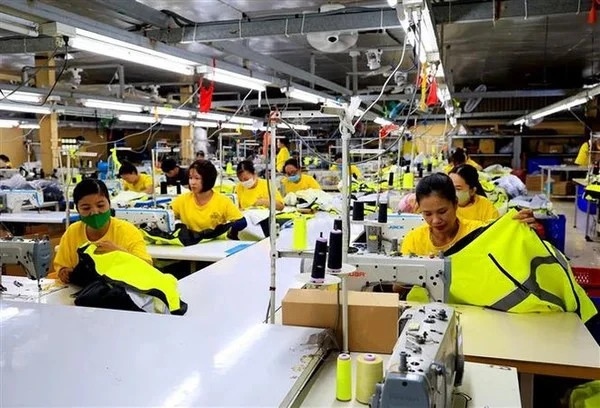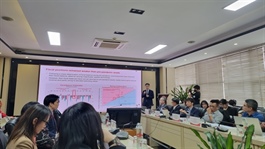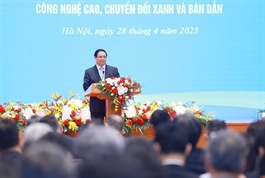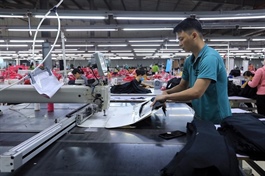Việt Nam’s labour market modernised toward deeper global integration
Việt Nam’s labour market modernised toward deeper global integration
Through targeted measures, including more job-matching programmes, employment fairs and job creation loans, the Government has effectively connected provinces rich in human resources with key economic hubs.

Workers at a textile company in HCM City. — VNA/VNS Photo |
Việt Nam’s labour market has made significant strides, growing in scale and quality as it embraces modernisation, sustainability and deeper global integration, driven by proactive government policies.
Through targeted measures, including more job-matching programmes, employment fairs and job creation loans, the Government has effectively connected provinces rich in human resources with key economic hubs. These have ensured a stable workforce for industrial parks, export processing zones and major economic areas.
According to the National Statistics Office, Việt Nam’s labour market in 2024 regained its pre-pandemic momentum. The workforce aged 15 and above reached nearly 53 million, up by over 575,000 from 2023, with 51.9 million employed, a 1.1 per cent increase. The unemployment rate dropped to 2.24 per cent.
Moreover, over 700,000 Vietnamese workers are employed abroad under contractual agreements, contributing US$3.5-4 billion in annual remittances.
The Party and State are committed to further strengthening the labour market through strategic reforms, including improved coordination of employment, social, and unemployment insurance policies, and accelerated digital transformation.
A national labour and employment database, integrated with the population database, is being developed to enhance public employment services.
Việt Nam is also refining its legal framework for vocational skills, labour relations and wage systems to meet domestic and international demands. Robust state oversight ensures labour organisations operate within their mandates, safeguarding political stability and public order.
Looking to 2026–2030, the Government aims to modernise the labour structure by reducing informal employment and expanding sustainable job opportunities. Social policy credit programmes will be scaled up to support vulnerable groups, including the poor, ethnic minorities, people with disabilities and those impacted by natural disasters, pandemics or climate change.
- 13:41 01/05/2025























